Retro Replay Review
Gameplay
The Lost Inca Prophecy offers a surprisingly deep tile-matching experience by giving you three distinct mechanics—swap, chain and group—in a single package. Before each level, you choose which mechanic you prefer: swapping two adjacent tiles to form lines of three or more, dragging connected chains of like‐colored pieces, or clicking on clusters to clear them. This flexibility means you can tailor each challenge to your playstyle, and it breathes fresh life into a genre that can otherwise grow repetitive.
(HEY YOU!! We hope you enjoy! We try not to run ads. So basically, this is a very expensive hobby running this site. Please consider joining us for updates, forums, and more. Network w/ us to make some cash or friends while retro gaming, and you can win some free retro games for posting. Okay, carry on 👍)
Complementing these core options are three board geometries—square, hexagon and custom shapes—that subtly shift how you plan your moves. A narrow, elongated grid encourages long, snake-like chains, while a compact hexagon encourages tight clusters and strategic power-up usage. Mastering each combination of mechanic and geometry rewards you with higher scores and faster clear times, adding a welcoming layer of strategy for more dedicated players.
Power-ups further spice up the puzzle gameplay. A row-smashing hammer, area-blasting bomb, random lightning bolt and a versatile rainbow tile all charge up with successful combos. Deciding when to trigger your totem or save it for a tricky section can make or break your run. Frequent large matches also introduce “wild” rainbow tiles that clear any color, so timing your big cascades becomes a thrilling tactical puzzle in itself.
Between these levels, hidden-object stages break the flow with scavenger hunts for inventory fragments. As you assemble these pieces, you unlock tools that help solve point-and-click puzzles in cutscenes—whether it’s repairing an old mechanism or prying open a locked chest. This interlude not only reinforces the adventure theme but also provides a welcome change of pace, preventing the tile matching from feeling monotonous.
Graphics
Visually, The Lost Inca Prophecy leans into a warm, golden color palette that instantly evokes the sun-drenched ruins of the Andes. Tiles are rendered with subtle textures—jade, obsidian, bronze—so each match feels thematically tied to Inca artistry. The shapes and patterns etched onto the tiles also nod to real Incan motifs, which helps immerse you in the setting even during the smallest puzzles.
Background art during both tile and hidden-object stages is equally commendable. Lush jungle vistas, weathered stone temples and flickering torchlight fill each scene with atmosphere. Foreground objects in hidden-object screens are crisply drawn and often semi-transparent, making them identifiable without feeling too cartoonish or out of place. This blend of realism and stylization keeps your eyes engaged without overwhelming them during long play sessions.
Animations are smooth and satisfying: tiles snap neatly into place, power-up explosions bloom with particle effects, and scene transitions have a slight cinematic flourish. Even the UI buttons—power-ups, inventory slots, geometry selectors—are polished with clear icons and subtle hover animations. All of these touches combine to give the game a professional sheen that surpasses many casual puzzle titles.
Overall, the graphical package succeeds in transporting you to an ancient Inca world. While the art style isn’t hyper-realistic, it strikes a comfortable balance for both casual players and puzzle aficionados. The consistent theme and attention to detail ensure every match and click furthers the sense of archaeological discovery.
Story
At its heart, The Lost Inca Prophecy is driven by Acua’s haunting dreams of an ancient Inca city brimming with hidden treasure. Early cutscenes establish her connection to this lost civilization, while the discovery of a mysterious book gives her quest tangible stakes. This framing device injects real narrative momentum into what might otherwise be a straightforward puzzle romp.
Acua’s dynamic with her companion Juan, a Spanish conquistador, adds a layer of interpersonal drama. Their occasional in-game conversations and banter hint at trust issues, cultural clashes and personal motivations. Though dialogue is delivered in concise bursts, it’s enough to make you root for their partnership and feel the tension of exploring unfamiliar ruins.
Between tile-matching chapters, hidden-object puzzles aren’t just gameplay interludes—they’re narrative tools. Scattered item fragments correspond to pieces of ritual gear, keys or map fragments that unlock the next major plot beat. Solving each object puzzle not only satisfies a mechanical itch but also propels Acua and Juan closer to the Inca prophecy’s heart.
While the overarching plot remains relatively straightforward, its pacing is well handled. Moments of story revelation arrive just when you might crave a break from pure matching, and character moments never overstay their welcome. The synergy between puzzle design and narrative progression makes the story feel like more than an afterthought.
Overall Experience
The Lost Inca Prophecy blends solid tile-matching mechanics, atmospheric visuals and light adventure storytelling into a cohesive whole. Whether you’re a casual player looking for bite-sized puzzle sessions or a more dedicated gamer wanting to optimize every match, the game accommodates both styles through its mechanic and geometry options.
Difficulty scales smoothly from introductory levels to more challenging puzzles with complex board shapes and fewer available matches. The strategic choice of power-ups and the timing of large combos add replay value, encouraging you to replay earlier chapters in pursuit of faster times or higher scores. Hidden-object puzzles serve as a pleasant diversion, though they remain simple enough not to frustrate those who prefer pure matching gameplay.
One minor drawback is that the story, while engaging, could have benefited from a few more character development scenes or voiceovers to deepen the emotional stakes. Still, the existing narrative beats are paced well and never feel shoehorned into the puzzle flow. The art and music score provide strong environmental support, keeping the mood lively without being intrusive.
Overall, The Lost Inca Prophecy is a compelling title for fans of match-3 and hidden-object hybrids. It delivers hours of exploration, strategic decision-making and thematic flair at a reasonable price. For anyone intrigued by Incan mythology or looking for a feature-rich casual puzzle adventure, this game is a worthy addition to your library.
 Retro Replay Retro Replay gaming reviews, news, emulation, geek stuff and more!
Retro Replay Retro Replay gaming reviews, news, emulation, geek stuff and more!
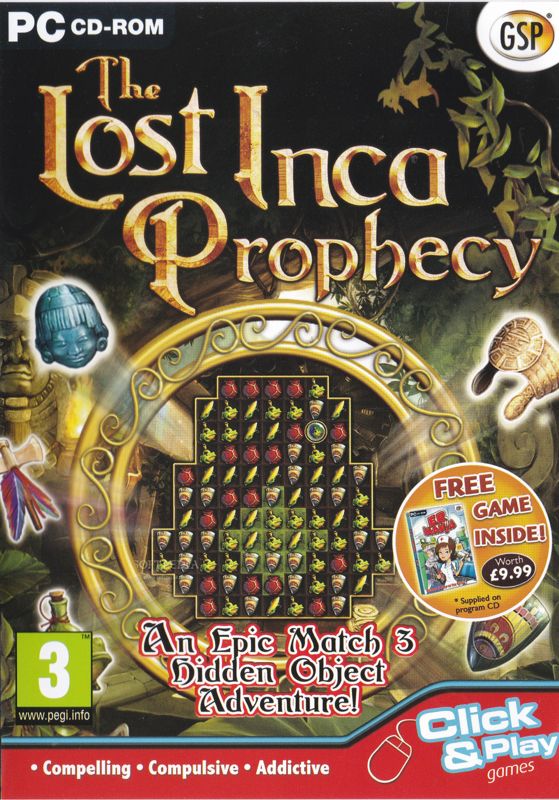
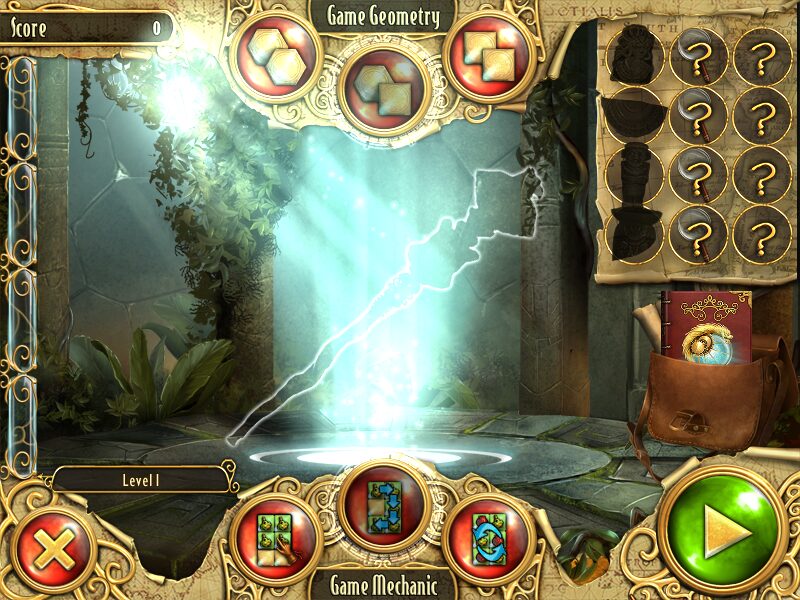
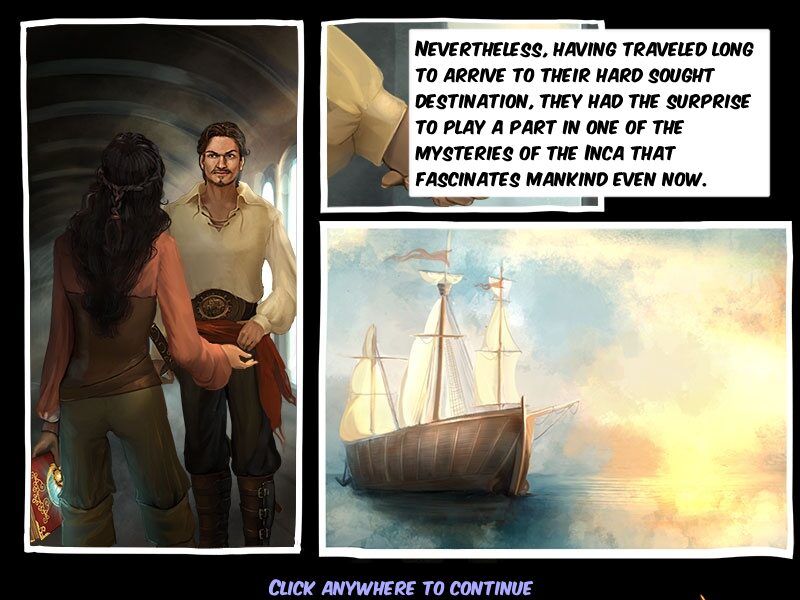
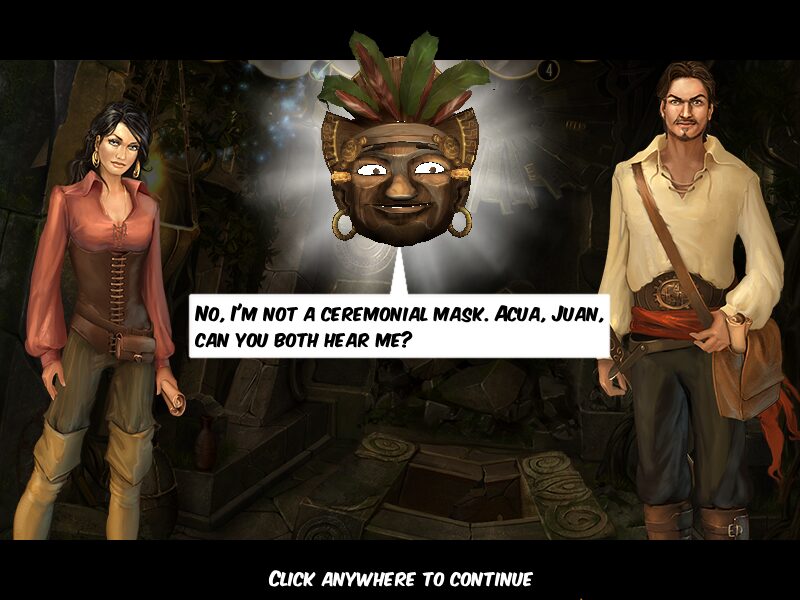

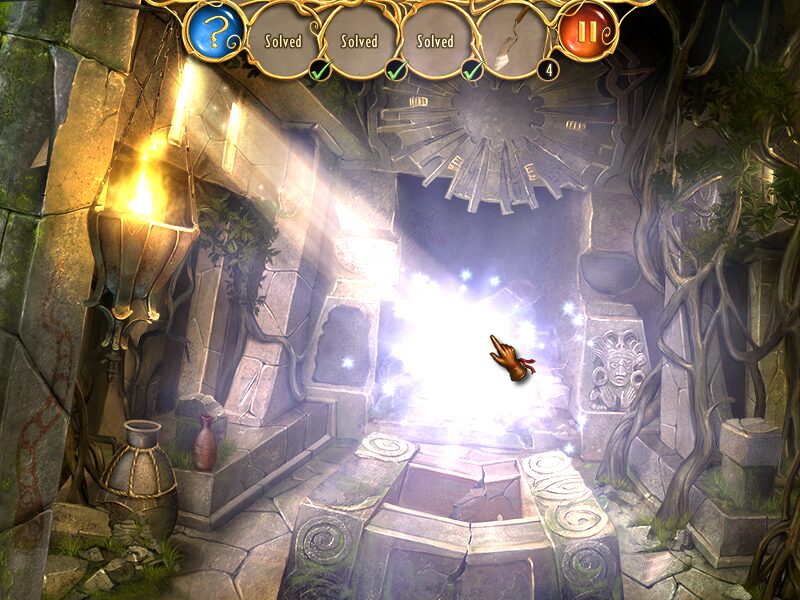



Reviews
There are no reviews yet.